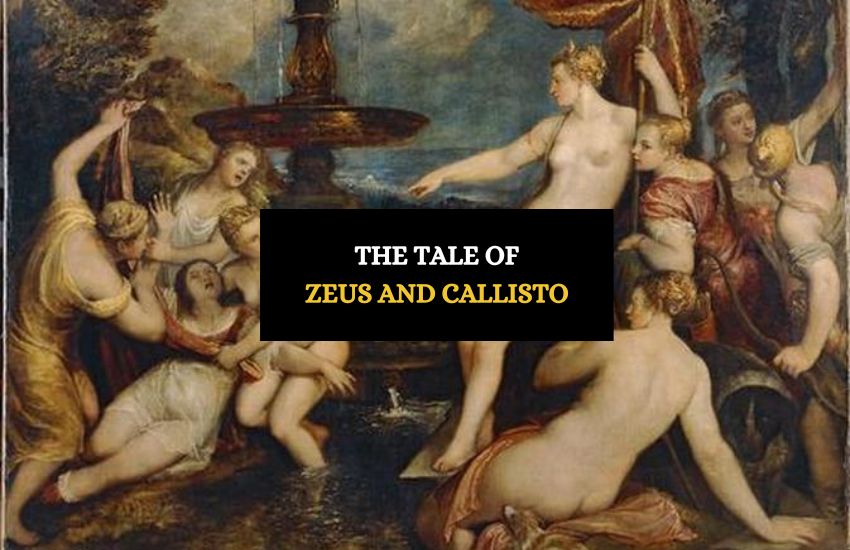
Table of Contents
In ancient Greek mythology, the gods and goddesses were known for their love affairs, betrayals, and vengeful acts. One of the most famous tales in Greek mythology is the story of Zeus and Callisto, a nymph who caught the eye of the king of the gods.
The story is filled with drama, passion, and tragedy, and it serves as a cautionary tale about the dangers of infidelity and the consequences of betrayal.
In this article, we’ll explore the story of Zeus and Callisto, from their passionate affair to their tragic fate, and discover the lessons that this myth has to offer us today.
The Beauty of Callisto
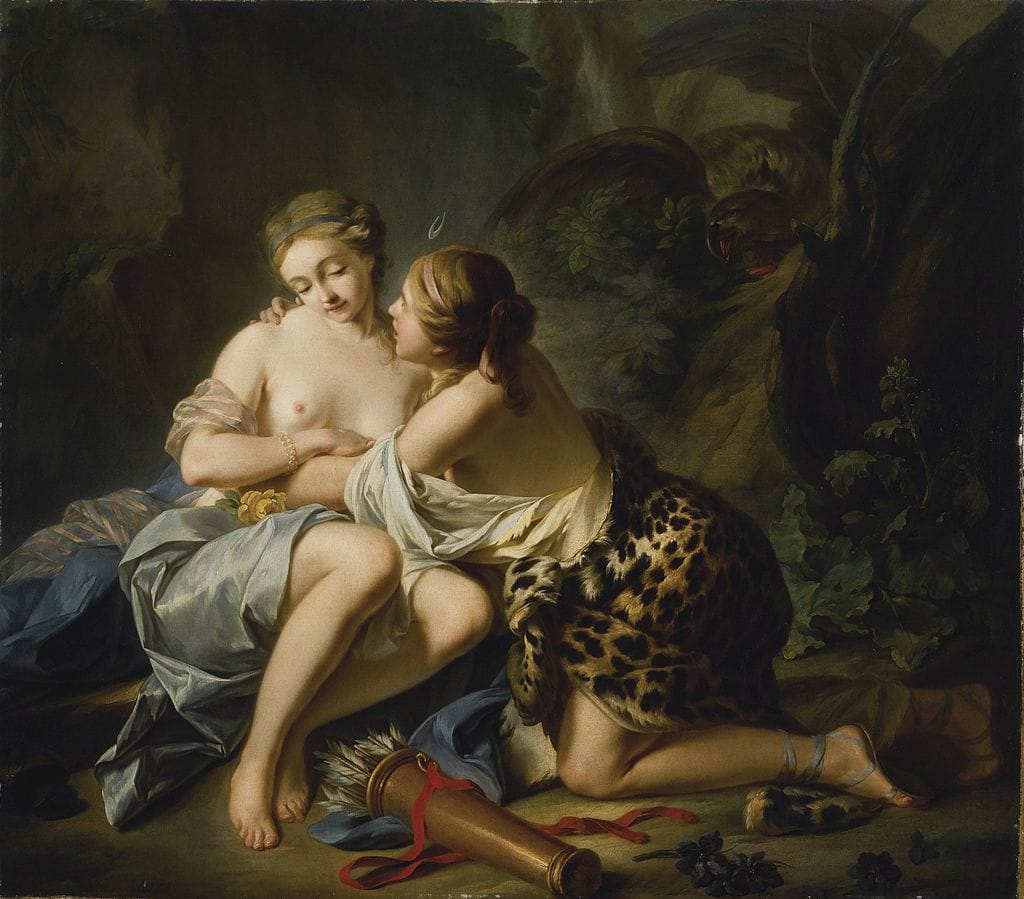
Callisto was a beautiful princess, the daughter of King Lycaon of Arcadia and the Naiad Nonacris.
Exceptionally skilled in the art of hunting and as beautiful as Artemis herself, she was a sworn follower of Artemis and therefore had taken a vow of chastity, like the goddess herself. Callisto was also a member of Artemis’s hunting party.
She was a beauty, and this fact didn’t go unnoticed by Zeus. Aroused by her charm, grace, and hunting prowess, Zeus plotted to ambush her and ravish her.
One day, while out on a hunting trip, Callisto became separated from the rest of the party. Lost in the wilderness, she prayed for Artemis to guide her.
Zeus Seduces Callisto
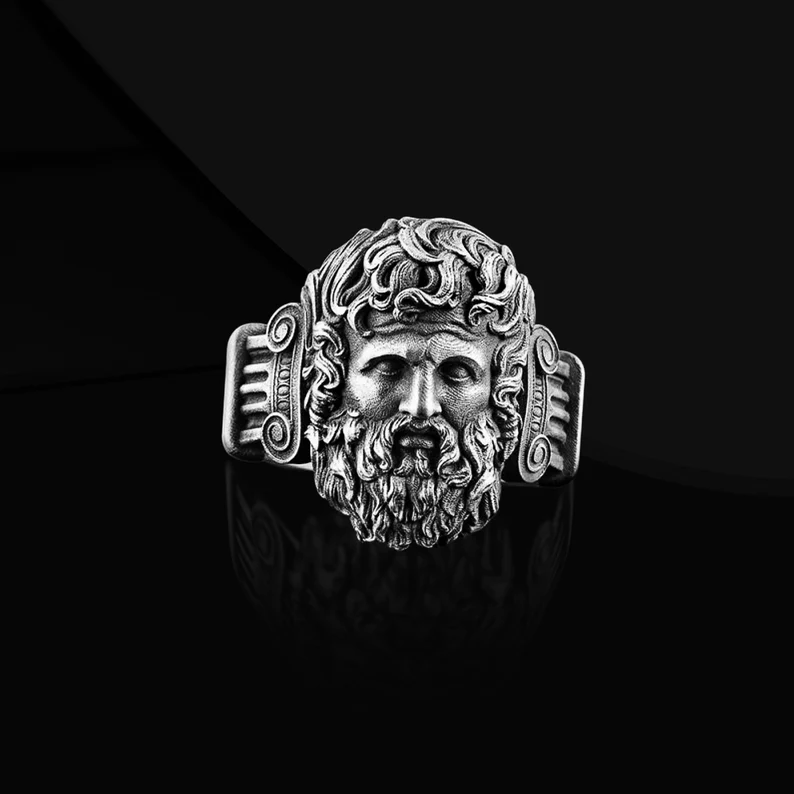
Seizing this opportunity, Zeus transformed into Artemis and appeared before Callisto. Relieved at being reunited with her mentor, Callisto felt at ease and approached Zeus.
As soon as she got closer, Zeus transformed into a male form, forced himself upon her, and impregnated the unwilling Callisto.
Satiated, Zeus returned to Mount Olympus.
The Betrayal of Artemis
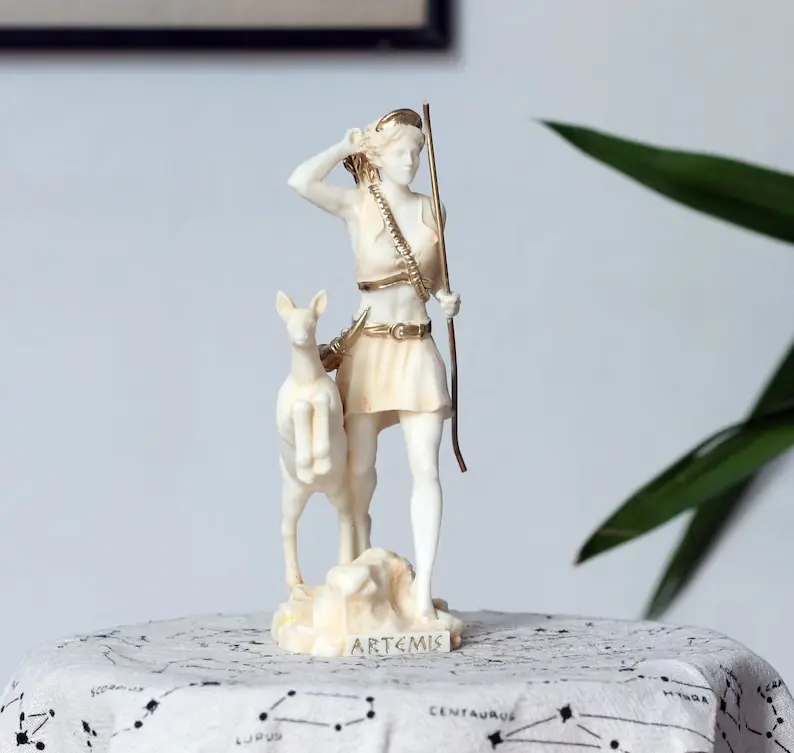
Recovering from the encounter, Callisto found her way back into the hunting party, distraught that she was no longer a virgin and therefore no longer worthy of being one of Artemis’ hunting attendants. She decided to keep the whole encounter a secret.
However, not long after, Callisto was bathing in the river when Artemis, catching a glimpse of her growing belly, realized she was pregnant. Feeling betrayed, the Goddess banished Callisto.
With no one to turn to, Callisto retreated to the woods. She eventually gave birth to Zeus’s child and named him Arcas.
Hera’s Anger
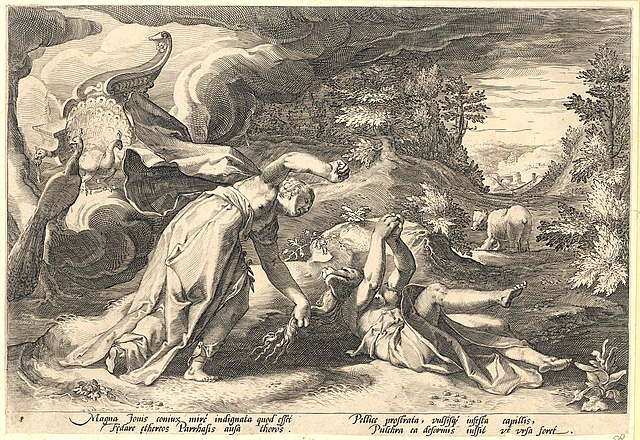
Sensing that Zeus had been unfaithful to her yet again and had produced another demi-god, his long-suffering wife and sister Hera was furious.
But as always, unable to punish her husband, the king of the gods, she turned her wrath towards the victim of her husband’s lascivious ways. Hera cursed Callisto, transforming her into a she-bear.
Before Hera could harm the child, Zeus instructed the swift-footed Hermes to hide the baby. Rushing to the spot, Hermes grabbed the infant and entrusted it to the Titaness, Maia.
Cursed to roam the woods as a she-bear, Callisto would spend the rest of her life evading hunting parties and human settlements.
The Reunion of Mother and Son

Meanwhile, under the care of Maia, Arcas would grow to become a strong and intelligent young man. After coming of age, he returned to his grandfather, the Phoenician king, and took his rightful place as the king of Arcadia.
Arcas would go on to be known as a just and fair ruler, introducing his subjects to agriculture, baking, and the art of weaving.
During his leisure time, he would hunt. One fateful day, while out in the forest, Arcas happened upon his transfigured mother, the she-bear.
Ecstatic at the sight of him, Callisto forgot that she was still in bear form. She dashed towards Arcas, attempting to embrace him. But Arcas, who saw nothing but a bear aggressively galloping towards him, readied his spear.
Zeus again intervened. Before his son could deal a killing blow, he appeared between them and caught the spear with his own hands.
Understanding that Hera would get wind of their whereabouts, he transformed Callisto and Arcas into clusters of stars, placing them next to each other as Ursa Major and Ursa Minor.
However, in a last-ditch effort to come out on top, Hera convinced the water Gods Poseidon, Oceanis, and Tethys to never shelter these two from the sea. This is why Ursa Major never sets over the horizon but instead always circles the Northern Star.
Reunited at last, Callisto and Arcas would spend the rest of eternity in the Northern Sky, free from Hera’s scheming and interference.
Alternate Versions of the Myth
There are several versions of the myth of Zeus and Callisto, each with its own twists and turns.
1. The Forbidden Love
In this version, Callisto is a nymph who catches the eye of Zeus, the king of the gods. Despite the fact that he is married to Hera, Zeus falls in love with Callisto and they begin a passionate affair. However, when Hera discovers Zeus’s infidelity, she becomes enraged and transforms Callisto into a bear. Zeus, unable to reverse Hera’s curse, places Callisto in the stars as the constellation Ursa Major.
2. The Jealous Rival
In this version, Callisto is a follower of the goddess Artemis and is known for her beauty and hunting skills. Zeus becomes enamored with Callisto and disguises himself as Artemis to seduce her. Callisto falls for the trick and becomes pregnant with Zeus’s child.
When Artemis discovers the pregnancy, she banishes Callisto from her company, leaving her vulnerable to Hera’s wrath. Hera transforms Callisto into a bear and sets a bear trap for her, which Zeus ultimately rescues her.
3. The Reconciliation
In this version, Callisto is a nymph who catches the eye of Zeus, but their affair is discovered by Hera.
In a fit of rage, Hera transforms Callisto into a bear, but Zeus is able to persuade her to reverse the curse.
Callisto is restored to her human form and becomes a priestess in Hera’s temple, but Hera remains jealous and ultimately turns Callisto into a bear once again.
Symbolism of the Story

Callisto was an innocent victim, and we can feel nothing but sympathy for her. Like many female characters in Greek mythology, she was a victim of male lust, power, and domination. And like many such victims, she suffered and continued to suffer long after he was satiated. His ecstasy lasted several moments but her suffering continued on for a lifetime.
Did Zeus feel a pang of guilt for what he had inflicted upon her? Is that why he turned her and her son into constellations so that they would be remembered forever? We’ll never know.
Marc Barham highlights the culture of victim shaming and dehumanization of women that has existed since early times and is evident in this tale. He writes:
“Arcas is completely unaware of the rape and his mother’s forced metamorphosis into a bear and aims his javelin at her and is about to strike and kill his own mother when Jupiter intervenes again, in this tragic story — as deus ex machina — and changes a totally innocent woman (and mother) and her orphaned son into constellations. How nice of the old rapist. Talk about hushing the crime up permanently. Callisto has no voice within the cult of Diana (Artemis), she has no voice to stop Jupiter (Zeus) and she has no voice to tell her son of the outrage upon her. Silence is violence.”
The Legacy of the Myth

The myth of Zeus and Callisto has left a lasting legacy in art, literature, and popular culture. It has been retold and reinterpreted countless times, inspiring new works that continue to captivate audiences today.
The story has been the subject of paintings, sculptures, and operas, and has been referenced in books, movies, and TV shows.
It has also been a source of inspiration for feminist movements, with Callisto’s transformation into a bear often being interpreted as a metaphor for the objectification, silencing, and dehumanization of women.
Wrapping Up
The myth of Zeus and Callisto highlights yet another story of the Greek god’s wandering eye and how it negatively impacts the target female and those around her. Today, the story has morphed into a symbol of victim shaming and rape culture.
Despite the tragic ending, the legacy of this myth lives on through its continued retellings and reinterpretations in art, literature, and popular culture.








